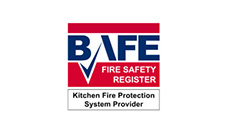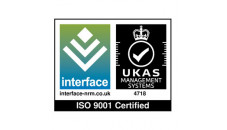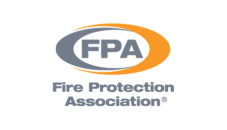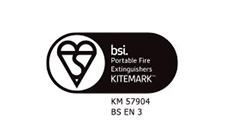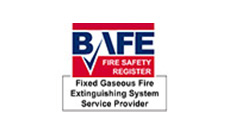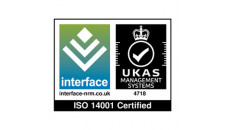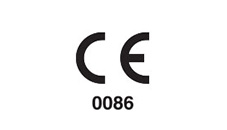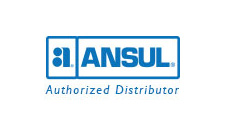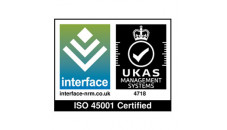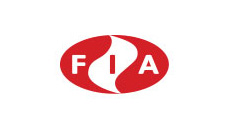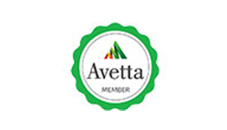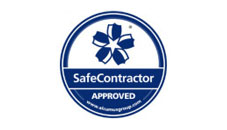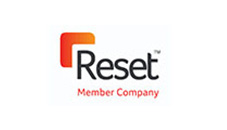Cylinder Exchange
Fire suppression systems vessels may develop a leak within their service life, or become due for regulatory Hydrostatic 10-year Testing. Typically, the cylinder, or bank of cylinders, will require a Service Exchange.
Cylinder Exchange for all cylinder and tank based suppression systems
Fire suppression systems utilise high-pressure vessels which, unfortunately, may develop a leak within their service life, or may become due for regulatory Hydrostatic testing 10-year Testing. Typically, the cylinder, or bank of cylinders, will require a Service Exchange.
A Service Exchange is part of a cylinder’s life-cycle process.
This process starts at the end of the 10-year point from the manufacturer’s stamped date on the cylinder and is typically identified during the Service of the system by an Engineer. At this point, the cylinder will be replaced with a Service Exchange cylinder and taken away for 10-year testing. Once tested, the cylinder will be stored until ready for use.
Once a cylinder becomes due for Service Exchange, an Engineer will take specific details on the cylinder(s) on site. This will typically consist of:
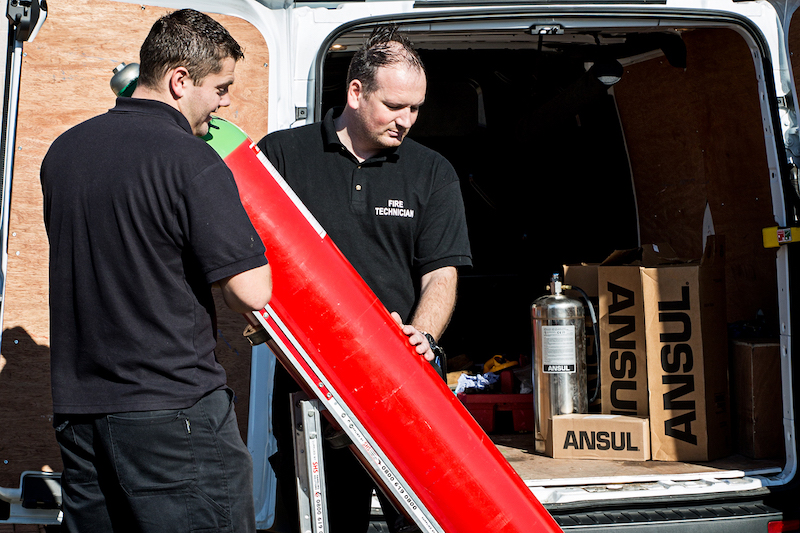
Rapid Cylinder Exchange
Standards & Regulations
All of our systems are designed to a set of Standards and Regulations. Some of these are, but not limited to:
Cannon Fire is a BAFE SP203-3 registered Company and Ansul® Authorised Distributors. As part of our accreditations, we undergo regular audits and assessments on our design processes, so you can rest assured knowing that your project will be handled with professionalism and efficiency. Our design team are also continuously looking at new technologies and developments within the Fire industry to be able to advise you in potential solutions to bespoke projects.
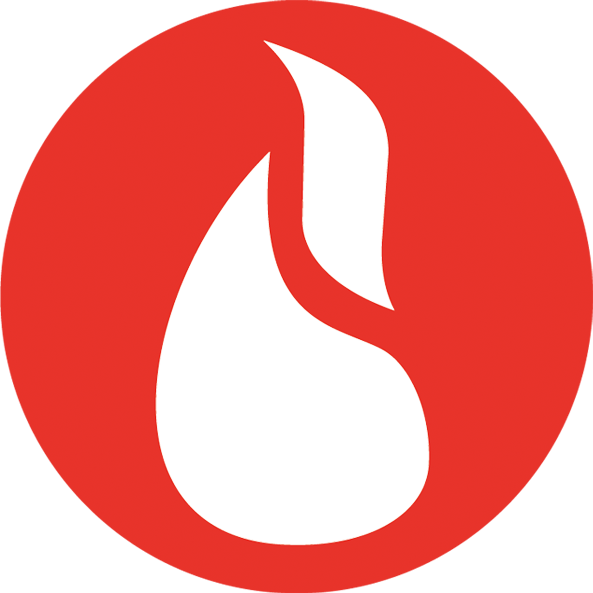
Request A Quote
Have a project or portfolio that you would like to work with us on? Get in touch and a member of our team will be in touch very shortly..
Our two head offices are based in Birmingham and Ollerton with fully qualified, experienced engineers spread throughout the UK allowing Cannon Fire to operate nationwide.
Call Us: 01623 860685
Email Us: [email protected]
CONTACT DETAILS
Trading Offices
Unit 1 Sherwood Network Centre, Ollerton, NG22 9FD
Unit C, 37a Parkfield Road, Coleshill,
Birmingham, B46 3LD
OUR KEY SERVICES
Copyright © Cannon 2024 All rights Reserved
